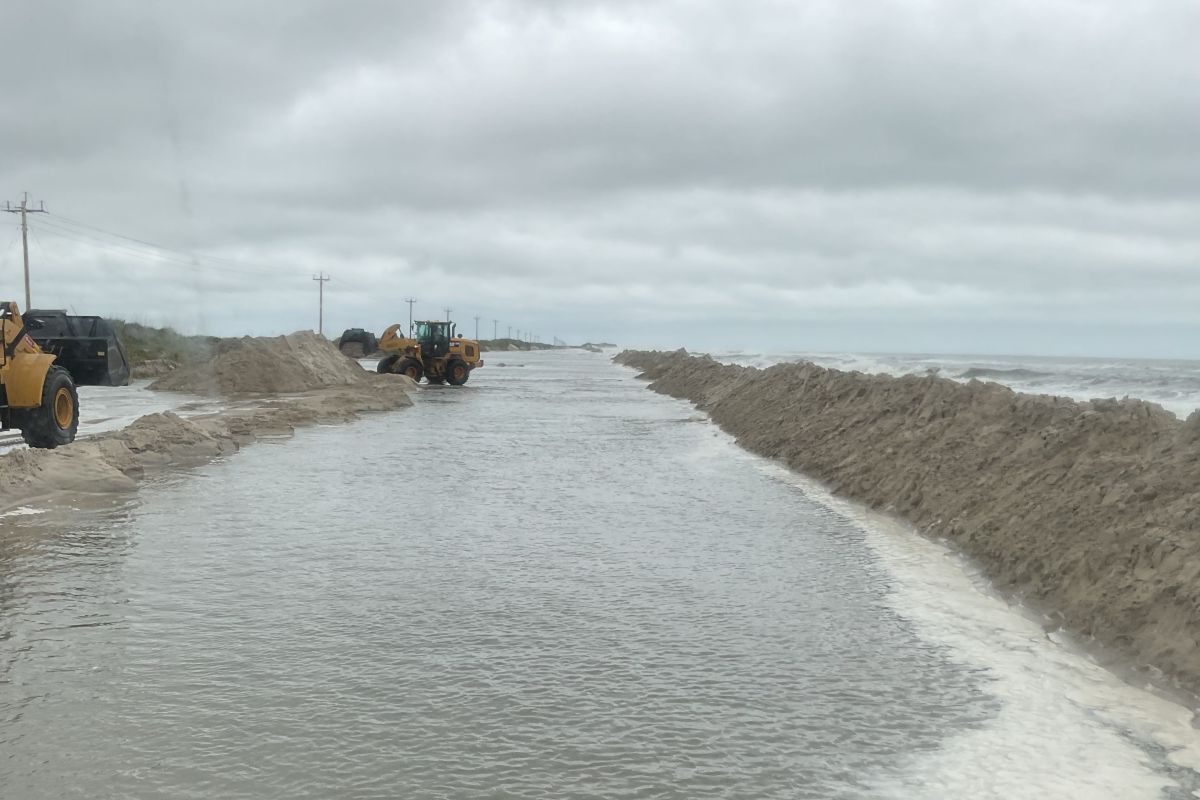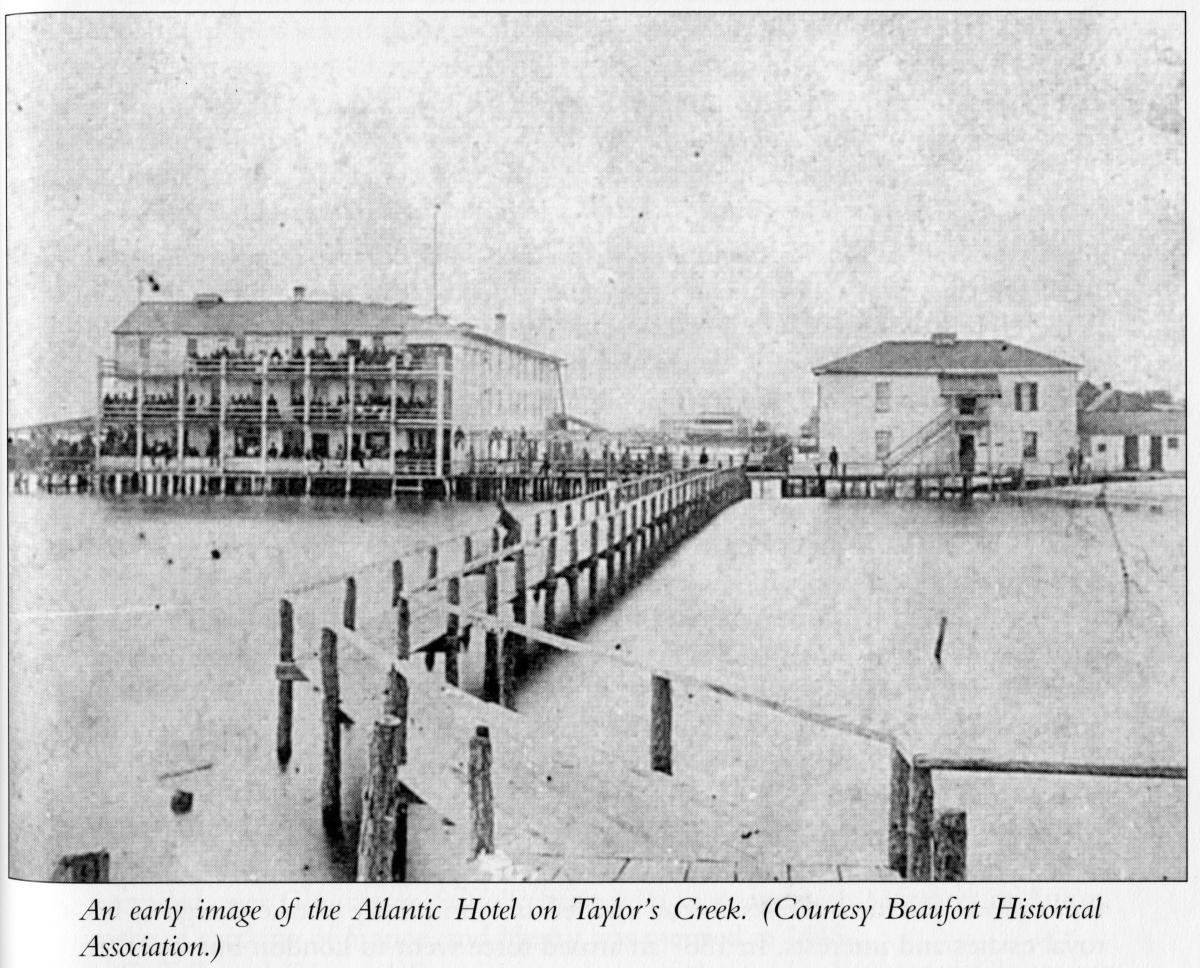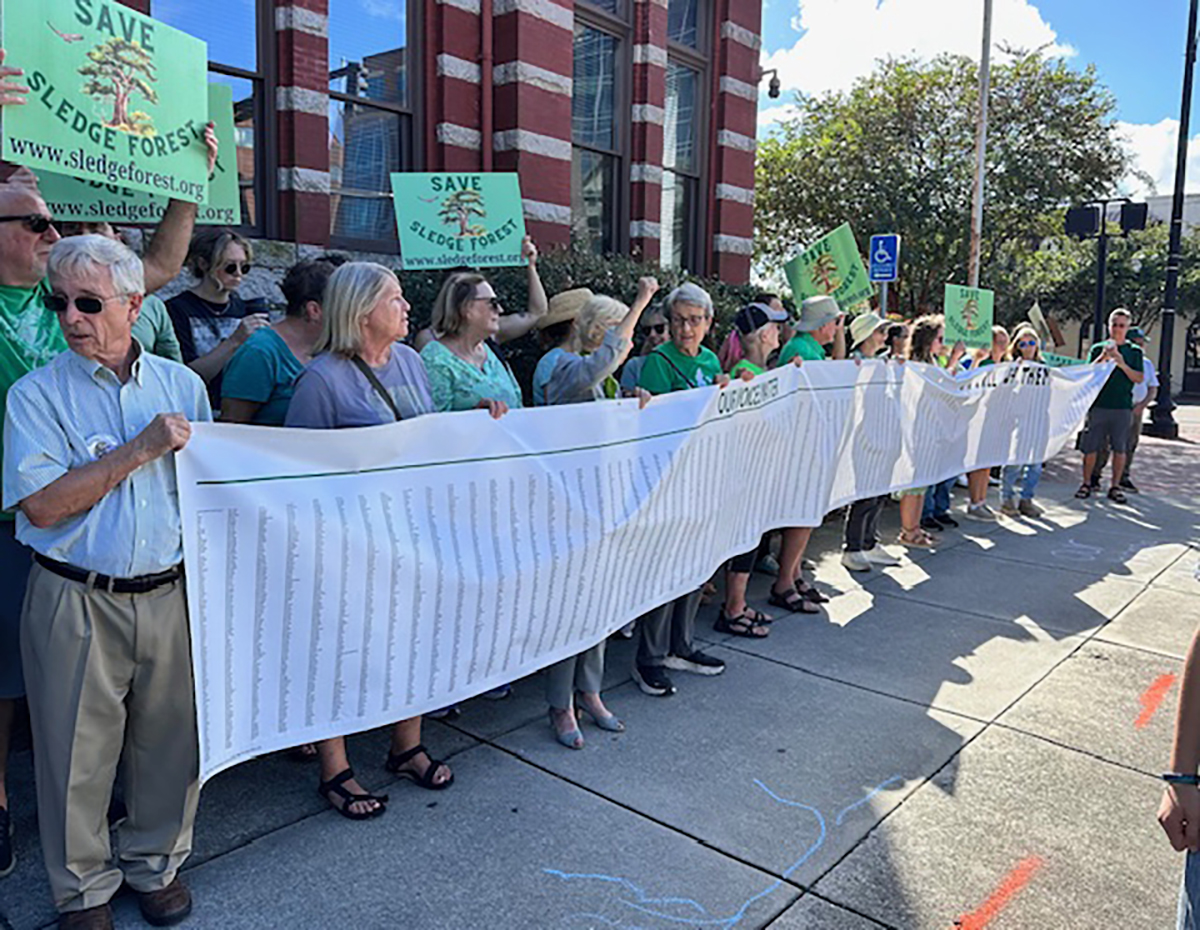RALEIGH – Coastal legislators are worried that a bill passed by the N.C. Senate to clear the way for fracking of natural gas could also allow fracking waste to be injected into coastal aquifers.
The bill will get a thorough review in the N.C. House, said Rep. Rick Catlin, R-New Hanover. An environmental engineer and hydrogeologist, Catlin will head up a House subcommittee to study the use of deep wells to inject the fluids used in fracking into the ground. The Senate bill authorized injection wells, which have long been the main method of disposing the fracking wastewater.
Supporter Spotlight
The geology of the coastal region, he said, would make it the easiest place for companies to dig injection wells.“We’re going to look at it real closely,” Catlin said in an interview last week.
Catlin, who is a member of the House Commerce and Job Development Committee and vice-chair of the Environment Committee, said he’s heard from several coastal colleagues urging study of injection wells, which have been banned for disposal of wastewater in the state for four decades.
The state banned the practice in 1972 after the Black Creek Aquifer near Wilmington was contaminated by industrial waste that Hercules Inc. had been pumping 850-1,000 feet into the ground for four years.
The industry prefers disposing of fluids used in hydraulic fracturing by injecting them deep in to the ground because it’s cheaper and less complicated than other methods, such as open-air evaporation ponds and trucking the waste to municipal treatment plants. The federal Environmental Protection Agency has approved injection wells.
Fracking involves the use of hundreds of toxic chemicals and large quantities of water to extract the gas from deep underground. Much of this highly toxic mixture returns to the surface with the gas along with other contaminants including heavy metals, volatile organic compounds, brine that is about eight times saltier than sea water and high levels of naturally occurring radioactive materials, including radium-226 and radium-228, which are known human carcinogens. Radium-226 has a half-life of 1,600 years and is linked to bone, liver and breast cancers. Other chemicals in fracking fluid are known carcinogens and endocrine disruptors.
Supporter Spotlight
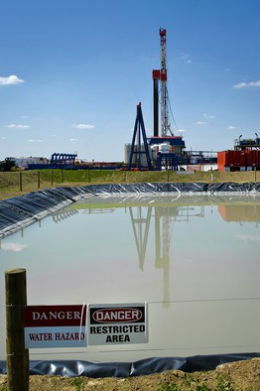
At fracking sites such as this one in Pennsylvania, companies have to haul water hundreds of miles to the nearest injection wells. Photo: Agence France-Presse/Getty Images |
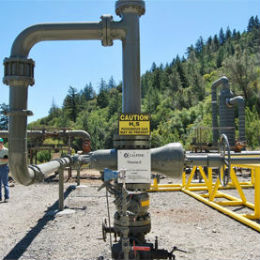 The wellhead of an injection well in Ohio. Photo: Scientific American |
Spills and accidents have occurred at the wells, but they may be best known for their linkage to earth tremors where fluid is stored and pressurized underground near faults. The concerns in this state include aquifer damage below, as well as potential property damage on the surface.
Scientific American in a report last year noted that there are almost 700,000 wells in the country that store waste. Industrial waste is injected thousands of feet below the surface at more than 20 percent of them. No one knows how many might be leaking, scientists and federal regulators acknowledged to the magazine.
Geologists in the report said the the boom in oil and natural gas fracking is deepening the uncertainties. Large amounts of waste are produced, the report noted, requiring hundreds of additional disposal wells and burdening already overtaxed regulators. Punching more holes in the ground are changing the earth’s geology, Scientific American reported. The man-made fractures allow water and waste to flow more freely.
“There is no certainty at all in any of this, and whoever tells you the opposite is not telling you the truth,” Stefan Finsterle told the magazine. He’s a leading hydrogeologist at Lawrence Berkeley National Laboratory who specializes in understanding the properties of rock layers and modeling how fluid flows through them.
“You have changed the system with pressure and temperature and fracturing, so you don’t know how it will behave,” he said.
Despite the uncertainties, Senate Bill 76, the Domestic Energy Jobs Act, allows companies engaged in hydraulic fracturing to use injection wells for wastewater.
It also puts fracking on a faster track, requiring the state’s Mining and Energy Commission to adopt new rules by October 1 of this year and lifting the state’s ban on issuing permits for fracking on March 1, 2015 whether the rules are in place or not. It also eliminates a so-called “landmen” registry, championed by consumer advocates, to monitor individuals and companies in conducting deals in land and mineral rights.
The bill passed the Senate on Feb. 27 and is under review in the House. Before reaching the floor there, the bill must first pass through three House committees — Commerce and Job Development, Environment and Finance.
Catlin said he’s concerned about the loss of the landmen registry as well as another section of the bill that eliminates a representative of the state geologist on the Mining and Energy Commission. But mostly, he said he and other House members want to understand why the Senate is in a hurry.
“We need to find out why,” he said. “What’s the reason behind it? The House needs to be comfortable before moving the rules process up.”



